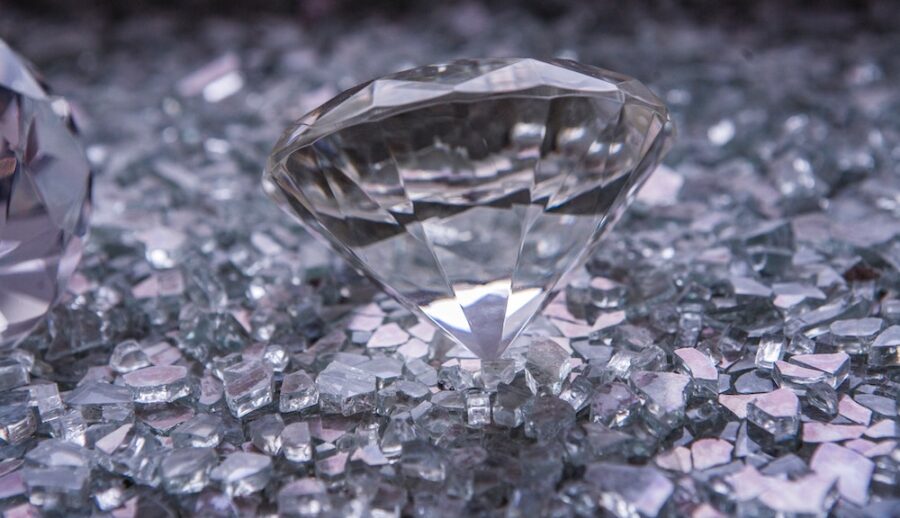Scientists Think There Are Planets That Rain Diamonds
Scientists are now theorizing that diamond rain might be more common on ice planets like Neptune and Uranus.

Similar to Earth’s natural resources, diamonds are not infinite. The volcanic activity that brought them to the planet’s surface ended tens of millions of years ago, therefore, diamonds are becoming rarer by the day. On other planets, however, the precious gemstones may be as common as regular rocks. Scientists have long believed that an exotic form of precipitation known as diamond rain occurs deep within ice planets like Neptune and Uranus. According to Science Alert, a new study found diamond rain to be far more common than previously thought.
Scientists originally theorized that high-pressure, high-temperature conditions turn hydrogen and carbon into diamonds thousands of kilometers below the surface of ice planets. Recent research, published in Science Advances, indicates that the presence of oxygen increases the possibility of diamond formation and that the gemstones can form in low temperatures and pressures. Considering ice giants such as Neptune and Uranus are believed to be the most common form of planet outside our Solar System, it’s possible diamond rain could be taking place across the Universe.
In their study, researchers were able to mimic the kind of environment found on ice planets by creating shockwaves in plastic using a powerful optical laser at the Stanford National Accelerator Laboratory in Menlo Park, California. Scientists used PET plastic, commonly found in plastic bottles and containers, to replicate the conditions of these planets. As they created shockwaves in the plastic, they witnessed the atoms of the material rearrange into tiny diamond regions. Using a method called small angle scattering, the researchers were able to measure how quickly and how vast those regions grew.
They discovered that the regions reached the size of a few nanometers. With the presence of oxygen in the material, the nanodiamonds were able to develop at lower pressures and temperatures. As a result, this would make the possibility of diamond rain through the interiors of ice giants more likely than scientists previously thought.
Scientists believe that the diamonds on ice giants like Neptune and Uranus would become much larger than the nanodiamonds created in their experiments. In fact, they predict the diamonds could grow up to millions of carats in weight. Because ice giants lack a solid surface but get denser near the core, researchers predict that over thousands of years, the diamonds could sink through the icy layers forming a thick layer around the heart of the planets. In other words, diamond rain in the interior of these planets would cause a vast accumulation of the mineral at the core of these ice giants unlike anything seen on Earth.
Researchers hope to conduct further experiments using liquid samples containing water, ethanol, and ammonia, which is what ice giants like Neptune and Uranus are mostly comprised of. By continuing to study diamond rain, scientists may find a new way to produce nanodiamonds, which are already used in abrasives and polishing agents. In the future, they could potentially be used for medical contrast agents, quantum sensors, and even reaction accelerators for renewable energy.











